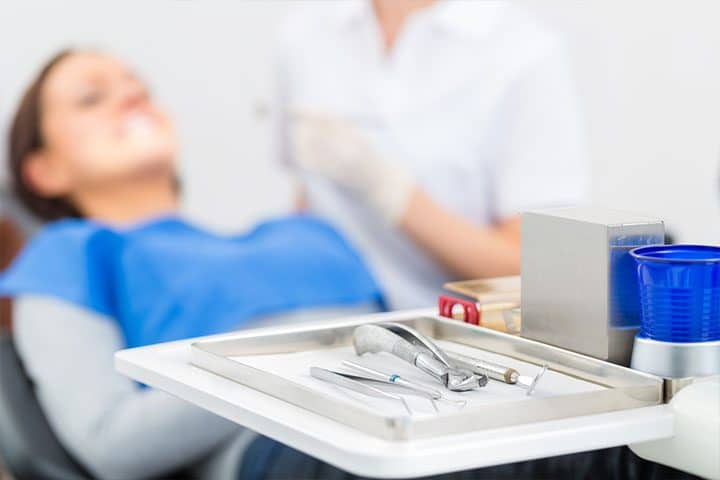
Repairing a chipped tooth is typically fairly easy to treat. Depending on how bad the chipped tooth is, your dentist can bring back your smile through several restoration processes.
Despite being the toughest mineralized tissue in the body, enamel can still be broken. Whether it happened when you fall down the flight of stairs, blunt trauma to your mouth or simply by chewing ice or hard candy, it can damage your tooth and this requires immediate attention.
What To Do?
Before anything else, you must know what to do the moment you chip a tooth.
- Firstly, you should schedule an appointment with your dentist as soon as possible. If left unattended, chips and fractures can become a lot worse, either by fracturing more or developing an infection.
- If the chipped tooth is causing you pain, rinse your mouth with salt water or use an over the counter pain reliever.
- If the chipped tooth leaves a sharp edge, use paraffin wax or gum to cover the tooth and protect your gums.
- Always avoid hard food during this period, but if you must eat before your dental appointment, choose soft food instead such as mashed potatoes, smoothies, porridge, etc to avoid biting down on your gums which may cause further damage.
Treatment for a Broken Tooth
There are several types of treatment for a chipped tooth, depending on the severity of the fracture. If it’s a small crack or chip, it usually takes one visit to the dentist to solve, while more severe fractures may need several appointments.
For small fractures and chips, your dentist may recommend a simple procedure called ‘bonding’. Tooth bonding does not require numbing of the tooth and is an affordable, quick and painless way to repair many cosmetic flaws. To bond a tooth, the dentist will add a liquid or gel to prepare the tooth for the bonding material. Next, the dentist applies an adhesive and attaches the bonding material. The material is shaped to look like a natural tooth and is then dried by applying an ultraviolet light to harden the material.
For larger fractures, a crown can be placed over the teeth. This requires filing down enough of the tooth to then place a cap over it and cement it down. This protects the exposed underside of the tooth while allowing you the ability to chew and smile normally. Crowns involve taking an X-ray and impressions of your teeth for a crown to be made. On a second visit, with a permanent crown ready, your dentist will use a composite cement to permanently place the crown over your tooth.
If the fracture of the tooth is so large that it exposes the root or pulp of the tooth (the center which contains nerves and blood vessels), root canal treatment is needed. This treatment involves removing the remaining pieces of tooth along with the dead pulp. The dentist then cleans out the empty root canal and seals it to avoid infection. A crown is placed on the tooth to complete treatment.
There are many options for chipped, broken, and fractured teeth, but only a medical professional can determine the right solution for you.
